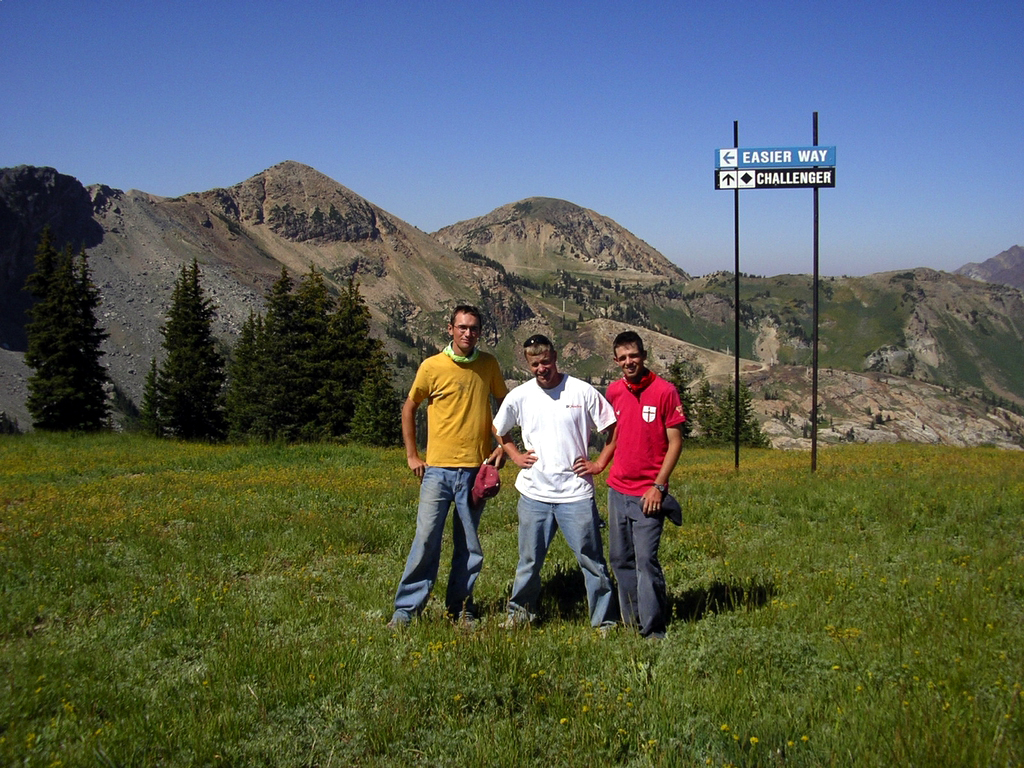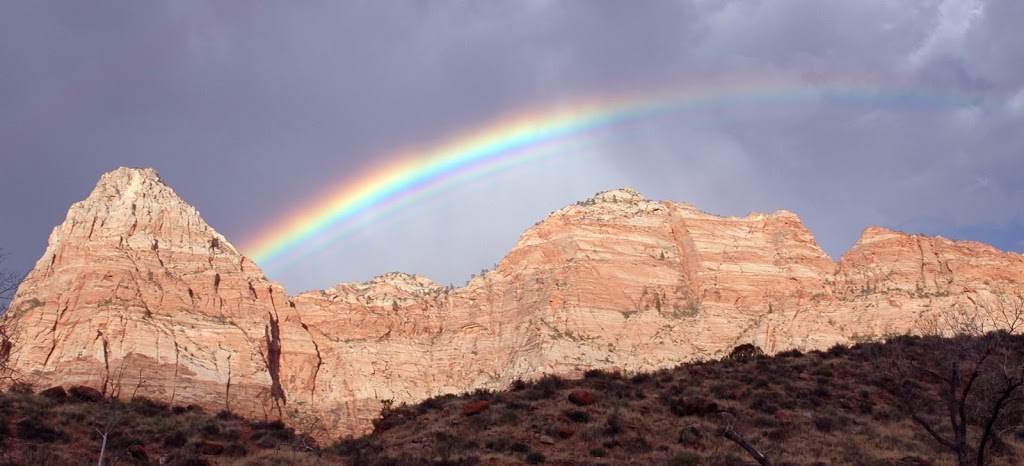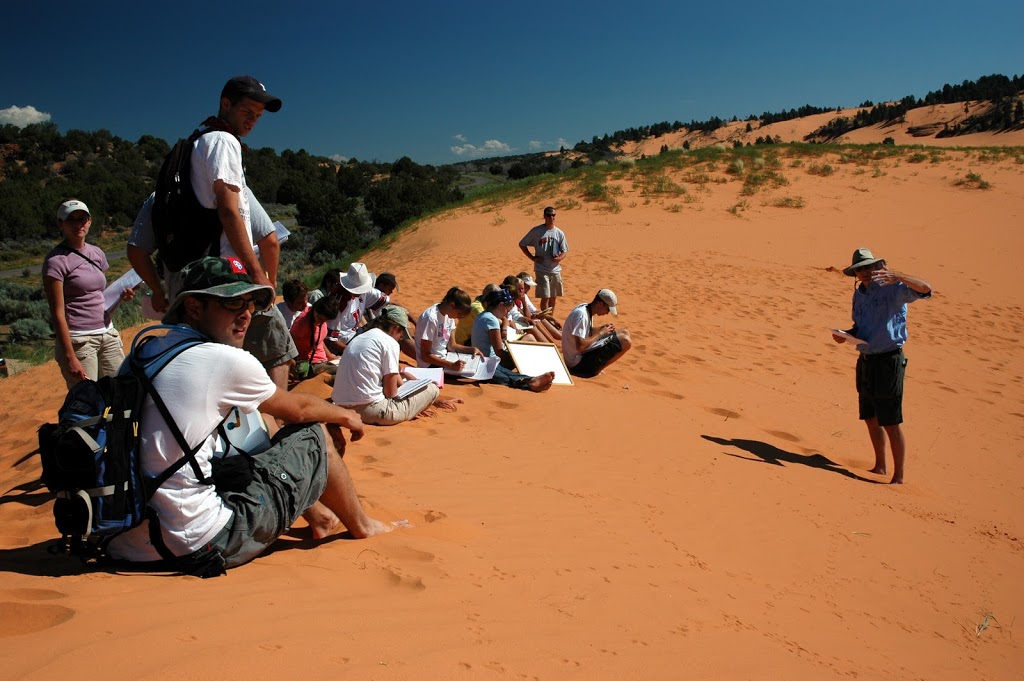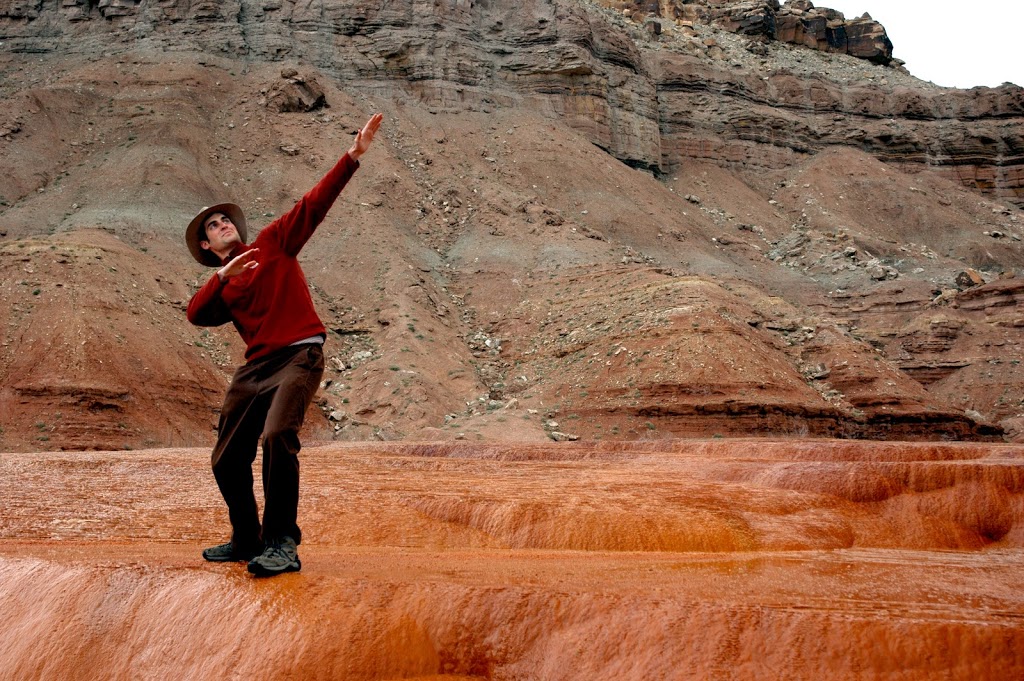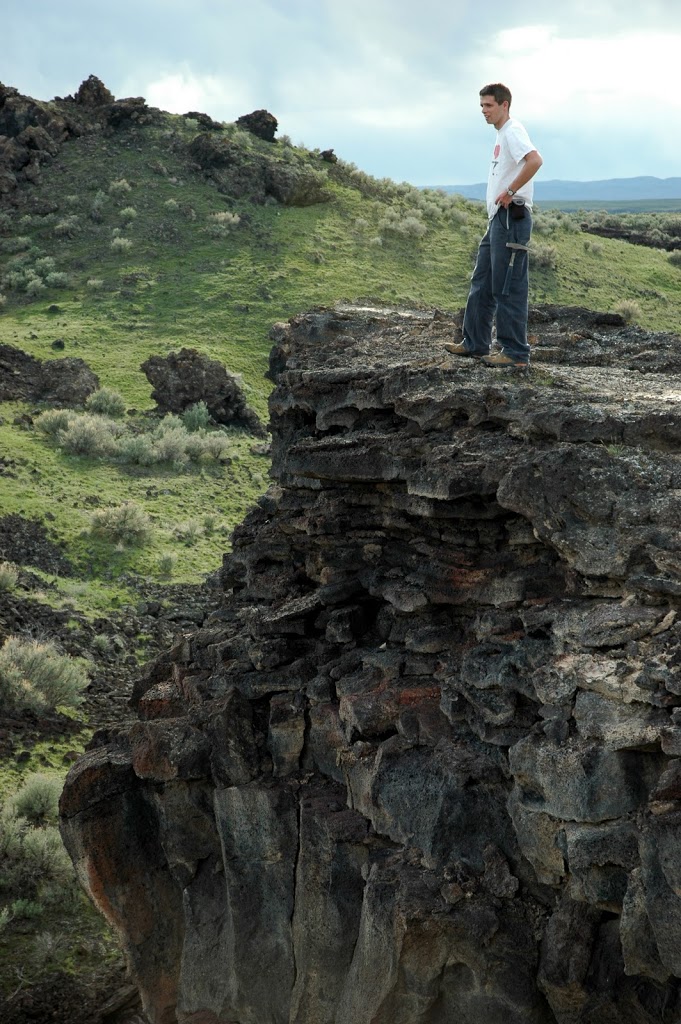Like most Utah-educated geologists, field trips began along the Wasatch Front and Colorado Plateau. In Utah, we are extremely spoiled with world class geology a stones throw from all of the Earth Science Departments in the state. My geologic interests waxed and waned with the semesters. While studying sedimentology, I wanted to be a petroleum geologist. While in volcanology, I wanted to study pyroclastic deposits. I found it very difficult to focus on a single subdiscipline of geology. Even today, during my PhD geology is far too interconnected for me to choose a single branch to specialize. Sometimes I am sad the undergraduate smorgasbord of classes is over and I am forced to focus on a particular subject. I think diversity in science has the great potential in providing pathways for new groundbreaking discoveries. The more rocks we see the broader our view can become. The more techniques we are familiar with the great questions we can answer. Diversity in science allows us to look at the world with new eyes and with those new eyes, ask and seek to answer new questions.
The following are a few photographs of places I have been and people I have worked with.
Albion Basin: thrust sheets of the Sevier orogeny and metamorphic aureole of the Eocene Alta Stock. An excellent book about this basin and Little Cottonwood Canyon can be found here. (Chris Spencer, Darrin Burton, Adam McKean)
Zion National Park: sediments of the Sevier foreland basin now comprising the Colorado Plateau. The late Triassic to early Jurassic Navajo Sandstone forms the prominent cliffs and canyons throughout much the American southwest.
Coral Pink Sand dunes: the oblique normal Sevier fault grinds up the Navajo sandstone providing a large amount of loose sand which is then formed into barchan and star dunes. (Tom Morris, far right and students)
Kellen Gunderson standing on the travertine of Crystal Geyser. Crystal Geyser is a rare example of a cold water carbon dioxide driven geyser.
 This work is licensed under a Creative Commons Attribution-NonCommercial-ShareAlike 4.0 International License.
This work is licensed under a Creative Commons Attribution-NonCommercial-ShareAlike 4.0 International License.
![]() This work is licensed under a Creative Commons Attribution-NonCommercial-ShareAlike 4.0 International License.
This work is licensed under a Creative Commons Attribution-NonCommercial-ShareAlike 4.0 International License.
